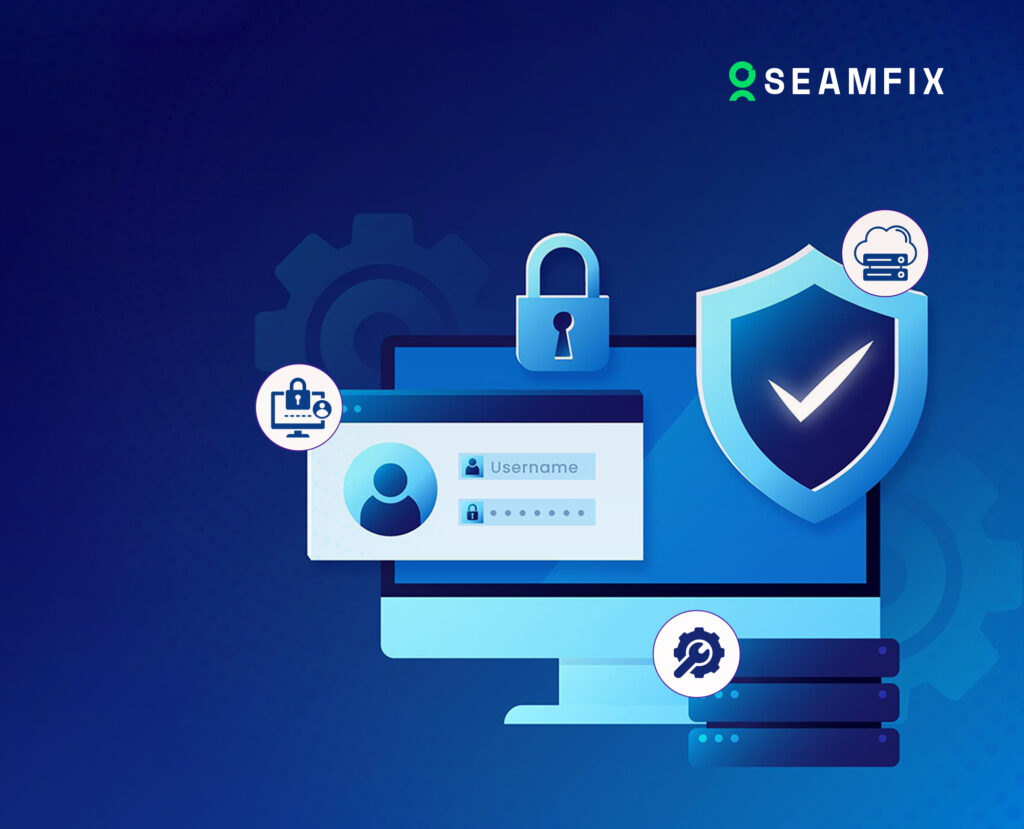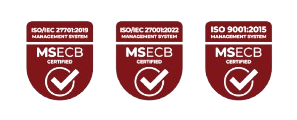On March 21st, 2021, a ransomware assault severely disrupted the network of CNA Financial, one of the biggest insurance companies in the United States. Six weeks later, the company’s network was still not completely functional.
According to Splashtop, the company relied on a traditional security model, trusting everything inside its perimeter. Unfortunately, this implicit trust allowed the attackers to wreak havoc undetected. This unfortunate incident highlights the limitations of traditional security models and emphasizes the growing need for a Zero Trust approach.
Cybersecurity is no longer optional; it is a necessity for businesses across the world. Two major approaches to cybersecurity—the Zero Trust security model and traditional security models—have emerged as dominant strategies. But how do they compare, and which one is better suited for modern threats?
What Is the Zero Trust Security Model?
The Zero Trust security model operates on the principle of “never trust, always verify.” It assumes that threats exist both inside and outside organizations, requiring strict identity verification for every user or device trying to access resources. Zero Trust architecture thus relies heavily on technologies like multifactor authentication, identity and access management, and continuous monitoring to ensure security.
Understanding Traditional Security Models
Traditional security models, also known as perimeter-based models, focus on securing the network’s boundaries. These models treat everything inside the network as trusted and only defend against external threats. Firewalls, VPNs, and antivirus programs are key components of this approach. However, traditional security often fails to address insider threats and lateral movement by attackers within the network.
Key Differences Between Zero Trust and Traditional Security
- Philosophy
- Zero Trust assumes no implicit trust anywhere.
- Traditional Security operates on implicit trust within the network.
- Authentication
- Zero Trust ensures continuous authentication and authorization for every request.
- Traditional Security only requests a one-time authentication at the network perimeter.
- Adaptability
- Zero Trust is designed for cloud and hybrid environments.
- Traditional Security is best suited for on-premises systems.
- Threat Mitigation
- Zero Trust reduces risks from insider threats.
- Traditional Security primarily focuses on external threats.
Benefits of Adopting Zero Trust
- Zero Trust provides better protection against modern threats, including ransomware and phishing attacks.
- Continuous monitoring ensures that malicious activities within the network are quickly detected and mitigated.
- It integrates seamlessly with cloud infrastructure, making it ideal for remote work setups.
Challenges with Traditional Security Models
- Implicit trust within the network allows attackers to move laterally undetected.
- Traditional models struggle to adapt to cloud-based applications and remote work environments.
- As organizations grow, perimeter-based defenses become less effective.
According to cybersecurity experts, Zero Trust is becoming the gold standard for enterprise security. A Gartner report predicts that before the end of this year, 60% of organizations will have adopted Zero Trust principles. The shift is driven by the increasing sophistication of cyberattacks and the growing adoption of cloud-based technologies.
Implementing Zero Trust in Your Organization
To transition to Zero Trust, your organization should follow these steps:
- Assess current security infrastructure to identify gaps and vulnerabilities.
- Implement Identity and Access Management (IAM) Solutions like Seamfix iAM which helps you achieve the following.
- Adopt Multifactor Authentication (MFA) with biometric technology to add an extra layer of security.
- Monitor and Log Activities by continuously tracking and analyzing user behavior.
- Educate Employees to encourage a culture of cybersecurity awareness.
While traditional security models have served their purpose in the past, the modern threat strategies in recent times demand a more comprehensive approach. The Zero Trust security model offers a proactive, scalable, and safe solution to safeguard your sensitive data and systems.
If you’re ready to protect your organization’s security, start your journey to Zero Trust today!
Explore the Seamfix iAM Solution today. Want to see a DEMO.
Click the link below.









